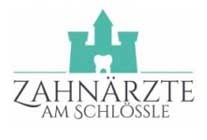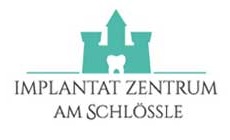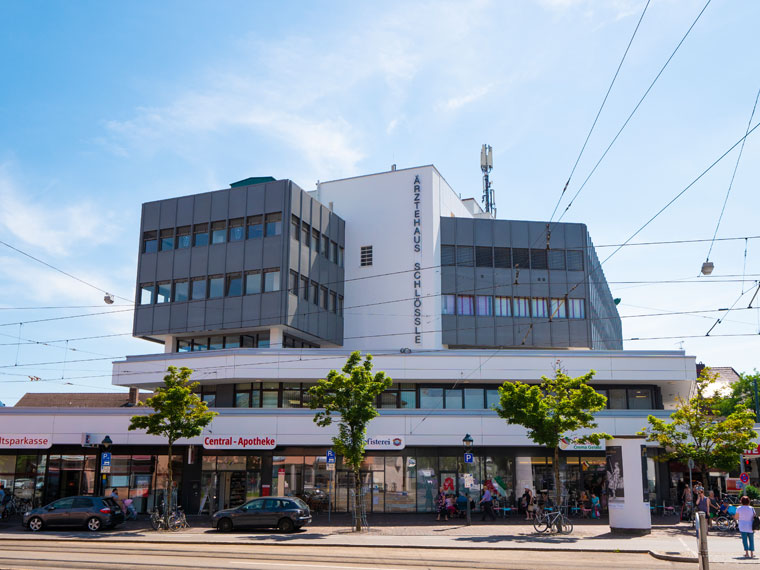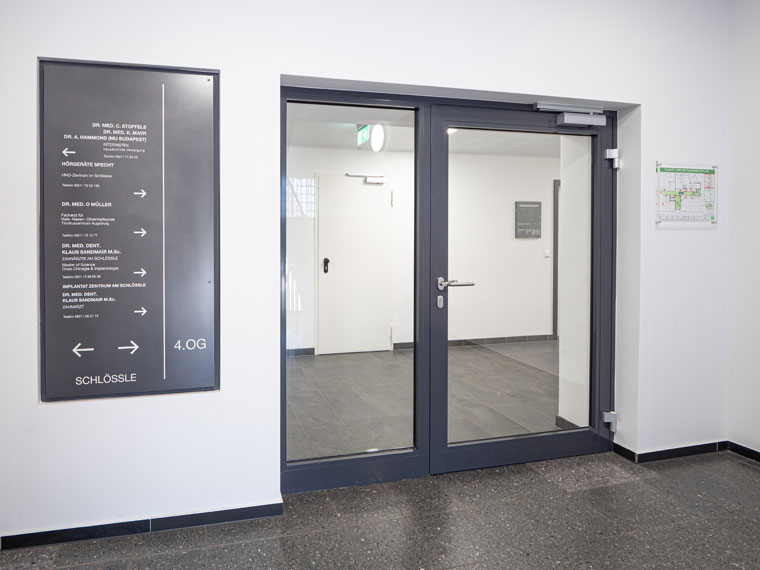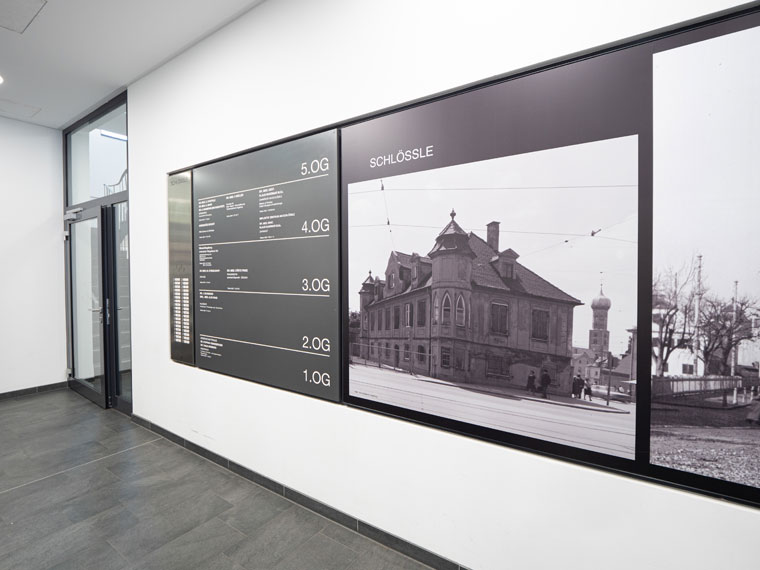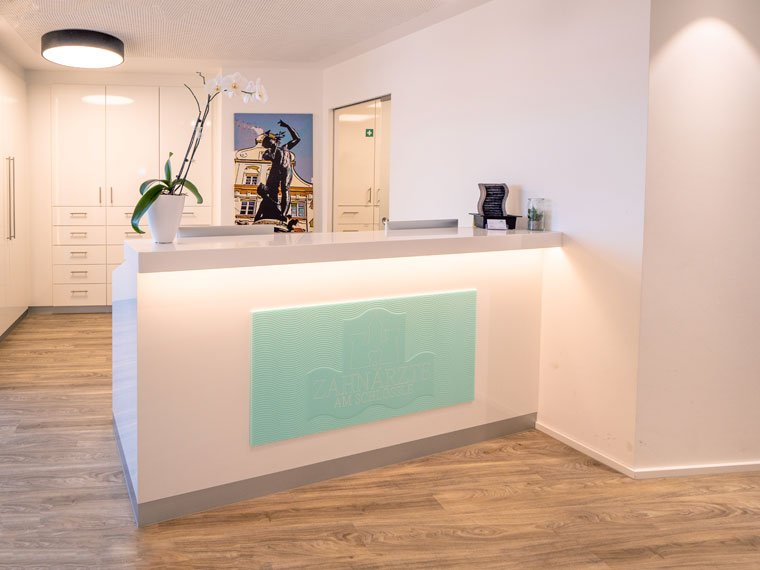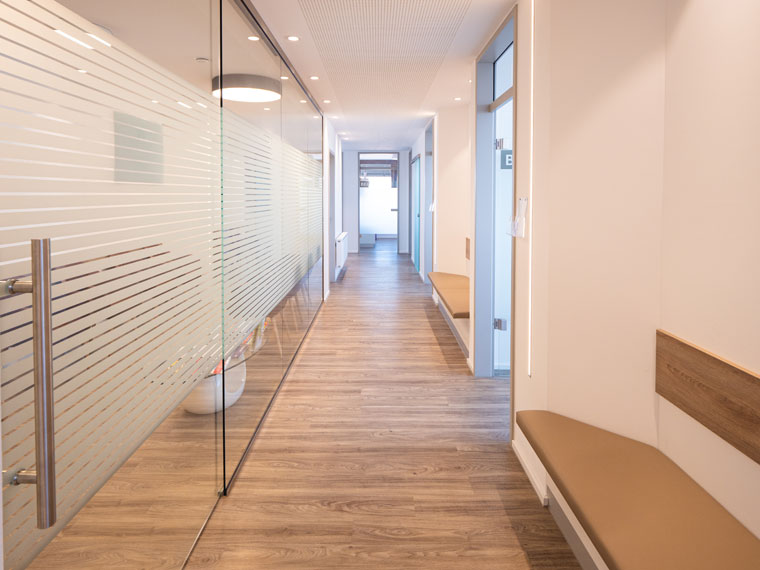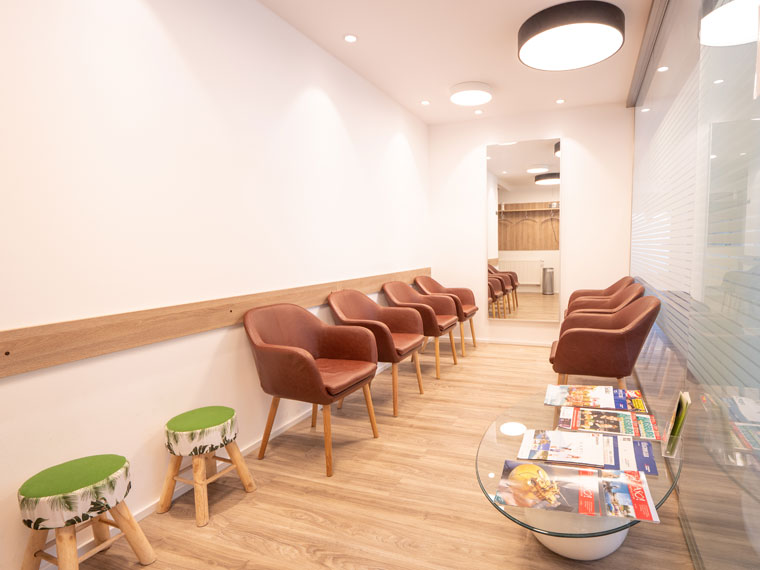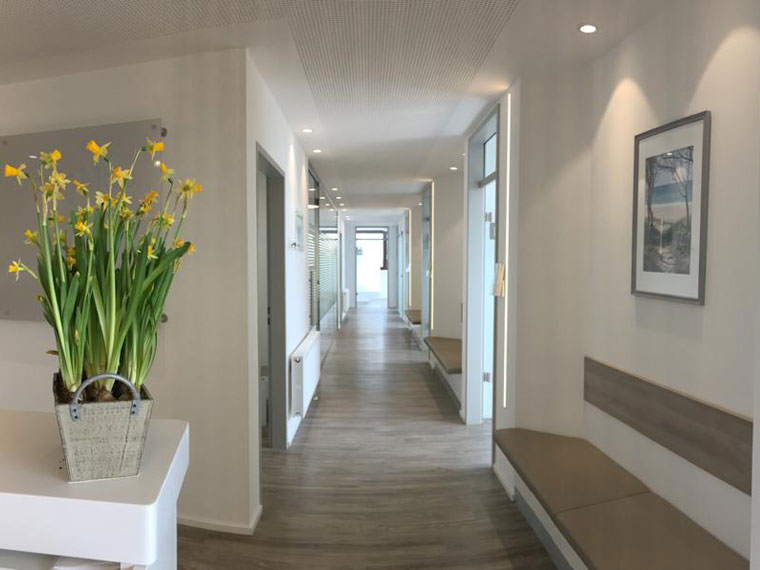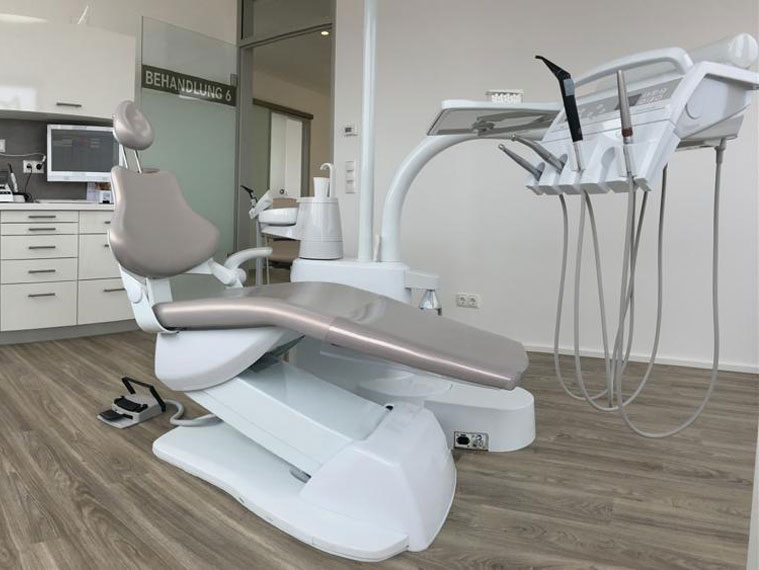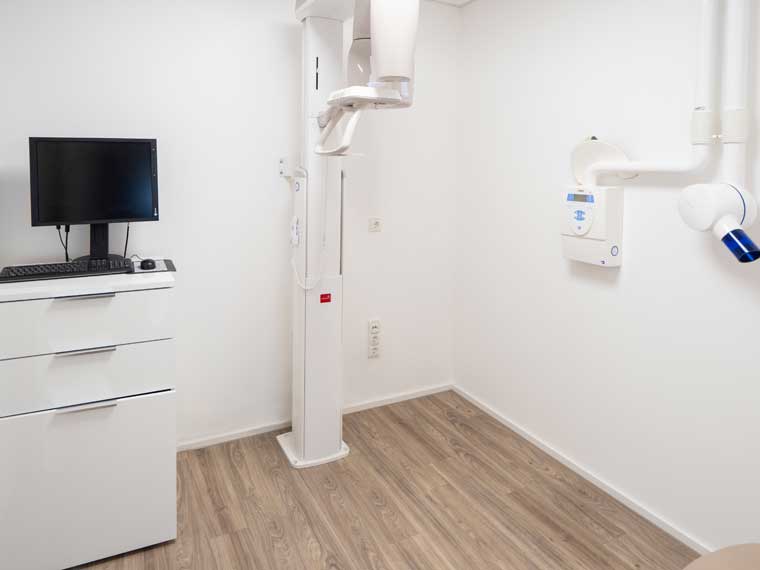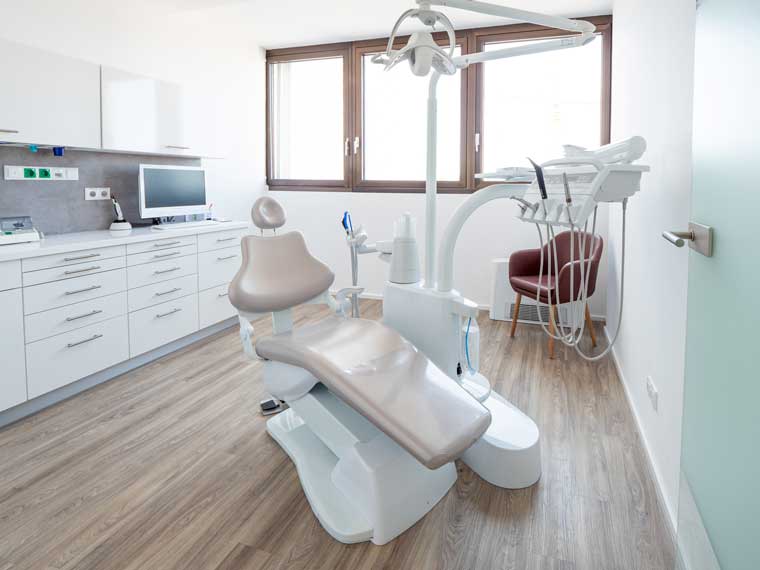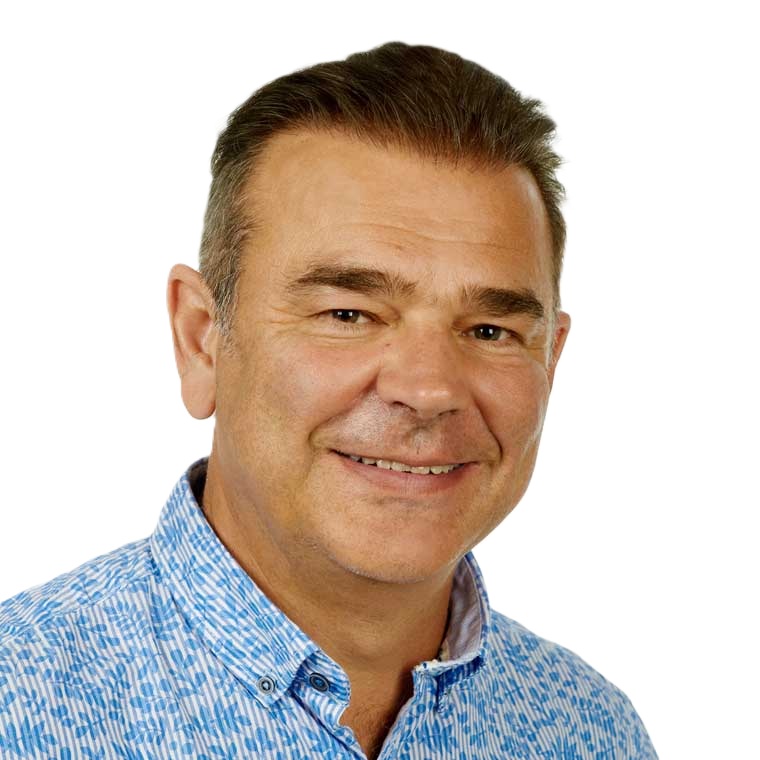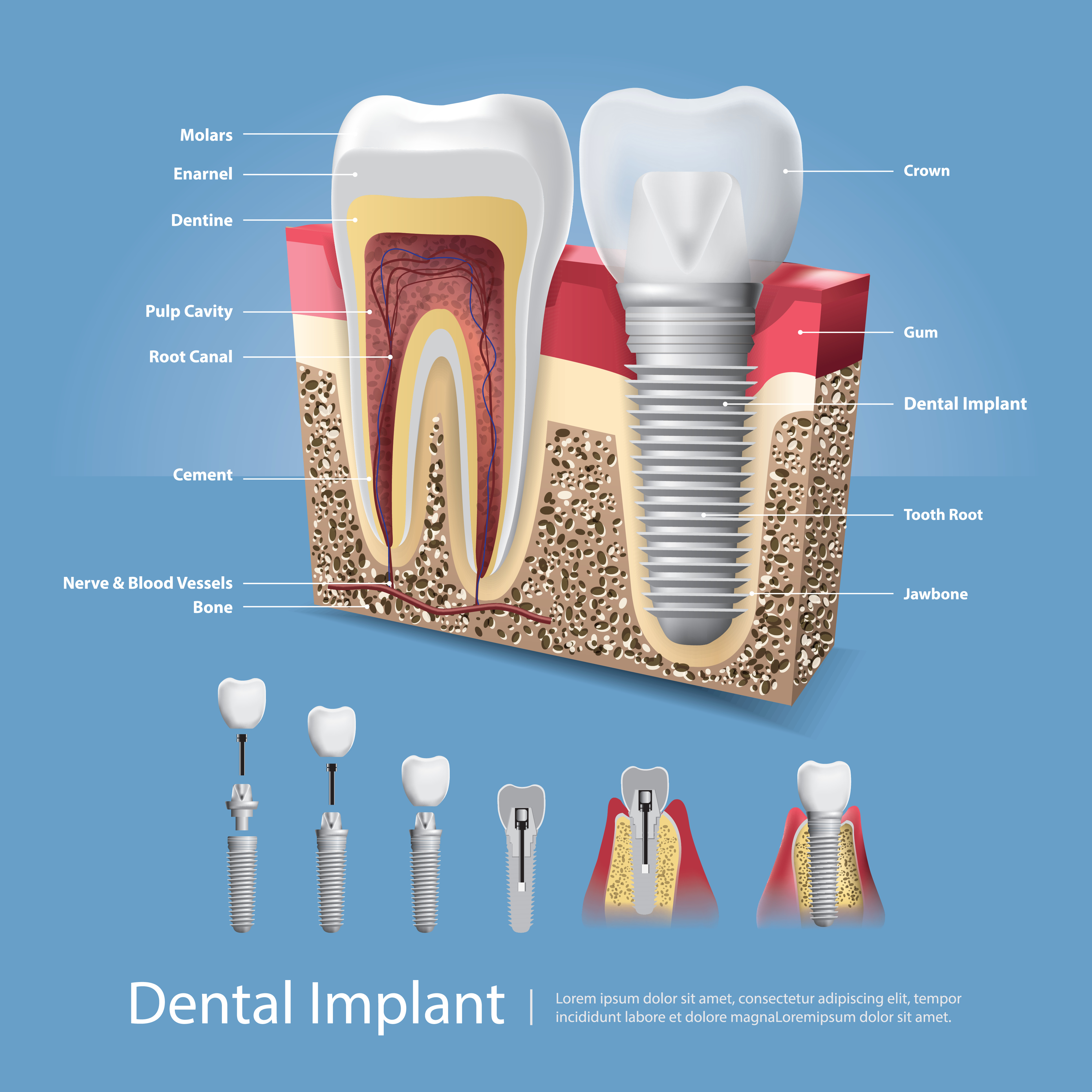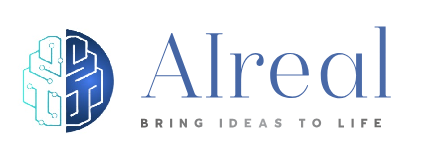rufen Sie uns an
Willkommen bei den Zahnärzten am Schlössle
Willkommen bei den Zahnärzten am Schlössle
Willkommen bei den Zahnärzten am Schlössle
Willkommen bei den Zahnärzten am Schlössle
Willkommen bei den Zahnärzten am Schlössle
Willkommen bei den Zahnärzten am Schlössle
Willkommen bei den Zahnärzten am Schlössle
Willkommen bei den Zahnärzten am Schlössle
Willkommen bei den Zahnärzten am Schlössle
Willkommen bei den Zahnärzten am Schlössle
Willkommen bei den Zahnärzten am Schlössle
Willkommen bei den Zahnärzten am Schlössle
Willkommen bei den Zahnärzten am Schlössle
Willkommen bei den Zahnärzten am Schlössle
Willkommen bei den Zahnärzten am Schlössle
Willkommen bei den Zahnärzten am Schlössle
Willkommen bei den Zahnärzten am Schlössle
Willkommen bei den Zahnärzten am Schlössle
Willkommen bei den Zahnärzten am Schlössle
Willkommen bei den Zahnärzten am Schlössle
Willkommen bei den Zahnärzten am Schlössle
Willkommen bei den Zahnärzten am Schlössle
Willkommen bei den Zahnärzten am Schlössle
Ihr Zahnarzt im Ärztehaus am Schlössle in Augsburg
Ihr Zahnarzt im Ärztehaus am Schlössle in Augsburg
Gerne sind die Zahnärzte am Schlössle ihre zuverlässigen Ansprechpartner für umfassende zahnmedizinische Versorgung nach modernen Standards. Erfahren Sie mehr zu den Leistungen unserer Zahnarztpraxis im Augsburger Ärztehaus am Schlössle hier auf unserer Webseite unter Zahnmedizin, Implantologie und unter Oralchirurgie.
Wir behandeln Sie stets umsichtig – für Ihre Zahngesundheit auch bei Zahnarztangst
Der Gang zum Zahnarzt ist für viele Menschen nicht unbedingt einfach. Dabei ist der Besuch bei uns in vielerlei Hinsicht wichtig: Kontrolltermine und eine regelmäßige Prophylaxe in Form einer professionellen Zahnreinigung tragen dazu bei, Ihre Zähne schön und gesund zu erhalten. Überzeugen Sie sich von unserem ganzheitlichen Betreuungskonzept: Wir setzen alles daran, Ihre Zähne so lange wie möglich zu bewahren und Sie bei einer Erkrankung, etwa einer Parodontitis (umgangssprachlich auch Parodontose genannt), bei beschädigten Zähnen und bei jedem weiteren zahnmedizinischen Anliegen umfassend zu versorgen. Gerne arbeiten wir bei Bedarf auch mit anderen Spezialisten zusammen: zum Beispiel mit Ihrem Hausarzt oder weiteren Fachärzten.
Gerne sind die Zahnärzte am Schlössle ihre zuverlässigen Ansprechpartner für umfassende zahnmedizinische Versorgung nach modernen Standards. Erfahren Sie mehr zu den Leistungen unserer Zahnarztpraxis im Augsburger Ärztehaus am Schlössle hier auf unserer Webseite unter Zahnmedizin, Implantologie und unter Oralchirurgie.
Wir behandeln Sie stets umsichtig – für Ihre Zahngesundheit auch bei Zahnarztangst
Der Gang zum Zahnarzt ist für viele Menschen nicht unbedingt einfach. Dabei ist der Besuch bei uns in vielerlei Hinsicht wichtig: Kontrolltermine und eine regelmäßige Prophylaxe in Form einer professionellen Zahnreinigung tragen dazu bei, Ihre Zähne schön und gesund zu erhalten. Überzeugen Sie sich von unserem ganzheitlichen Betreuungskonzept: Wir setzen alles daran, Ihre Zähne so lange wie möglich zu bewahren und Sie bei einer Erkrankung, etwa einer Parodontitis (umgangssprachlich auch Parodontose genannt), bei beschädigten Zähnen und bei jedem weiteren zahnmedizinischen Anliegen umfassend zu versorgen. Gerne arbeiten wir bei Bedarf auch mit anderen Spezialisten zusammen: zum Beispiel mit Ihrem Hausarzt oder weiteren Fachärzten.
Ihr Kontakt zur Zahnarztpraxis am Schlössle in Augsburg
Haben Sie Fragen? Möchten Sie einen Termin vereinbaren? Wir sind gerne für Sie da!
Zahnärzte am Schlössle
Neuburgerstr. 40, Augsburg 86167
Germany
Telefon
0821 - 5896508
info@dr-sandmair.de
Routenplaner
Ihr Kontakt zur Zahnarztpraxis am Schlössle in Augsburg
Haben Sie Fragen? Möchten Sie einen Termin vereinbaren? Wir sind gerne für Sie da!
Zahnärzte am Schlössle
Neuburgerstr. 40, Augsburg 86167
Germany
Telefon
0821 - 5896508
info@dr-sandmair.de
Routenplaner
We like to demonstrate all the possibilities that our products can provide. iSoundLabs brings sound where it's needed and nowhere else. We have "directed sound" solutions for banks, hotels, restaurants/bars, beachbars, museums, hospitals, airports, football stadiums and digital advertising... We like to work with you to offer customized solutions or we can integrate our technology into your products.
to generate low-frequency waves was originally pioneered by researchers developing underwater sonar techniques dating back to the 1960's. These early acoustics researchers successfully derived the formal mathematical basis for this effect and developed innovative sonar systems with more directivity and bandwidth than would otherwise be available. They called this device a parametric array. In 1975, the first publication appeared which demonstrated that these nonlinear effects indeed occur in air. While these researchers had not attempted to reproduce audio, they nonetheless proved that such a device may be possible.
Over the next two decades, several large companies, including Matsushita (Panasonic), NC Denon, and Ricoh attempted to develop a loudspeaker based on this principle. A paper describing one attempt was published in 1983. While they were successful in producing some sort of sound, problems with cost, feasibility, and extremely high levels of distortion (>50% THD) caused the almost total abandonment of the technology by the end of the 1980's. While a graduate student developing '3D Audio' at Northwestern University in the late 1990's, Joseph Pompei had similar ideas of using ultrasound as a loudspeaker, largely to overcome deficiencies he saw with traditional methods of sound reproduction. After performing extensive research on the idea, he discovered the large body of knowledge in the field of nonlinear acoustics, as well as the earlier attempts at using ultrasound as an audible source. Soon after arriving at MIT, his insight led him to identify – and subsequently rectify – the barriers which had plagued the earlier researchers. Through a combination of careful mathematical analysis and solid engineering, he was able to construct the very first practical, high-performance audio beam system.
Directed Sound Demo
Imagine, we could direct Sound
Add Sound... Where It's Needed... & Nowhere Else...
Directed Sound Applications
Directed Sound Applications
Directed Sound Applications
Directed Sound Applications
Directed Sound Applications
Directed Sound Applications
Directed Sound Applications
Directed Sound Applications
Directed Sound Applications
Directed Sound Applications
Directed Sound Applications
Directed Sound Applications
Directed Sound Applications
Directed Sound Applications
Imagine, we could direct sound...
Add Sound... Where It's Needed... & Nowhere Else...
Unsere weitreichende Expertise in der Zahnmedizin
Dr. med. dent. Klaus Sandmair M.Sc. arbeitet nun bereits seit beinahe 25 Jahren als Zahnarzt. Er hat zudem einen Master of Science für Orale Chirurgie und einen Master of Science für Implantologie. Vor seinem zahnmedizinischen Studium mit Promotion zum Dr. med. dent. hat er eine Ausbildung zum Zahntechniker absolviert. Für ihn ist es selbstverständlich, sich kontinuierlich fortzubilden: Da die Zahnmedizin einem ständigen Wandel unterliegt und sich immer wieder neue Diagnose- und Therapiekonzepte entwickeln, ist es für den Zahnarzt ein wichtiges Anliegen, hier für seine Patienten immer auf dem neuesten Stand zu sein.
Vereinbaren Sie einen Termin in unserer Zahnarztpraxis in Augsburg
Unterstützt wird der Mediziner von einem engagierten und freundlichen Team, bei dem unsere Patienten ebenfalls in den allerbesten Händen sind! Wir freuen uns, wenn Sie uns Ihr Vertrauen schenken und Sie sich bei uns wohlfühlen. Mit einem durchdachten Praxismanagement achten wir darauf, Ihre Wartezeit so kurz und angenehm wie möglich zu gestalten. Haben Sie Fragen zu unserem Angebot an zahnmedizinischer Versorgung oder möchten Sie einen Termin in unserer Zahnarztpraxis vereinbaren? Gerne! Hier geht es zum Kontakt mit dem Team von Dr. med. dent. Klaus Sandmair M.Sc., Ihrem Zahnarzt in Augsburg!
Das Team in der Zahnarztpraxis am Schlössle in Augsburg
Die Zahnmedizin ist ständig in Bewegung. Es entwickeln sich immer wieder neue Diagnose- und Therapiekonzepte, deshalb ist es für mich als Zahnarzt selbstverständlich immer auf dem neuesten Stand zu sein.
Kontinuirliche Forbildung sehen wir als unverzichtbar an um dauerhaft eine kompetente Beratung, fachkundige Behandlung und lückenlose Nachversorgung gewährleisten zu können. Ein hoher Hygeniestandard und der Einsatz moderner Technik gehören selbstverständlich mit dazu.
Dr. med. dent. Klaus Sandmair M.Sc.
- 1984 Abschlussprüfung zum Zahntechniker in München / Deutschland
- 1995 Abschlussthese: Implantation in Grenzfällen Prof. Risto Kotilainen
- 1996 Approbation zum Zahnarzt in Deutschland
- 1996 Zulassung als Zahnarzt
- 1996-2004 Wissenschaftliche Mitarbeit / Friedrich-Schiller Universität Jena
- 2004 Promotion zum Dr. med. dent. an der Friedrich-Schiller Universität Jena
- 2007-2010 Studium an der Universität Krems / Österreich
- 2010 Erlangung des akademischen Grades Master of Science Orale Chirurgie & Master of Science Implantologie
- Mitgliedschaft ITI International Team of Implantology seit 2011
Implantologie in unserer Praxis in Augsburg
Für eine erfolgreiche Implantation spielen funktionale und ästhetische Faktoren eine wesentliche Rolle. Hier sind zahnärztliche und chirurgische Fachkenntnisse erforderlich und sorgen in Kombination mit einer modernen Aufnahmetechnik für ein optimales Ergebnis. Hier stehen Ihnen in unserer Praxis alle Vorteile einer modernen Implantatbehandlung zur Verfügung, um Ihnen zu einem schönen und natürlichen Lächeln zu verhelfen.
Zahnmedizin in unserer Praxis in Augsburg
In unserer Praxis bieten wir Ihnen alles, was gesunde und ästhetisch schöne Zähne brauchen. Dazu gehört die breite Palette der Zahnmedizin bishin zur professionellen Zahnreinigung. Sollten Sie eine Zahnfüllung benötigen bieten wir Ihnen modernste und langzeiterprobte Materialien. Modernste Kunststoffe und Keramiken bieten Ihnen ästhetisch sowie technisch eine Versorgung auf höchstem Niveau.
Oralchirurgie in unserer Praxis in Augsburg
Die Oralchirurgie dient nicht nur der ästhetischen Wiederherstellung (Bspl. Implantate), sondern wird gezielt eingesetzt um beschädigten Knochen im Kiefer aufzubauen oder beispielsweise Schleimhauterkrankungen zu heilen. Für den Fall eines chirurgischen Eingriffes, arbeiten wir seit 1996 mit einem erfahrenen und eingespielten Anästhesistenteam im Medzentrum Augsburg Prinzregentenstr. 25 zusammen.
Dental Research Lab Project
One breakthrough at a time
Zahnmedizinisches Forschungslabor
Ein Durchbruch nach dem anderen
Willkommen bei AIreal, einem bahnbrechenden zahnmedizinischen Forschungslabor mit Sitz im Medizinischen Zentrum am Schlössle in Augsburg, das von Dr. Klaus Sandmair, Ph.D., geleitet wird.
Unser Ziel ist es, die Zahnmedizin durch modernste KI-gesteuerte Technologien zu revolutionieren und intelligente Geräte wie KI-gesteuerte Smart Glasses für Zahnärzte und Patienten zu entwickeln. Durch die Integration von künstlicher Intelligenz mit modernstem Design verbessern wir Präzision, Effizienz und das Gesamterlebnis der zahnärztlichen Versorgung. Unsere Innovationen unterstützen das zahnmedizinische Fachpersonal und verwandeln Kliniken in intelligentere, besser vernetzte Räume. Gestalten Sie mit uns die Zukunft der Zahnmedizin, einen Durchbruch nach dem anderen.
Ihr Kontakt zur Zahnarztpraxis am Schlössle in Augsburg
Haben Sie Fragen? Möchten Sie einen Termin vereinbaren? Wir sind gerne für Sie da!
We like to demonstrate all the possibilities that our products can provide. iSoundLabs brings sound where it's needed and nowhere else. We have "directed sound" solutions for banks, hotels, restaurants/bars, beachbars, museums, hospitals, airports, football stadiums and digital advertising... We like to work with you to offer customized solutions or we can integrate our technology into your products.
to generate low-frequency waves was originally pioneered by researchers developing underwater sonar techniques dating back to the 1960's. These early acoustics researchers successfully derived the formal mathematical basis for this effect and developed innovative sonar systems with more directivity and bandwidth than would otherwise be available. They called this device a parametric array. In 1975, the first publication appeared which demonstrated that these nonlinear effects indeed occur in air. While these researchers had not attempted to reproduce audio, they nonetheless proved that such a device may be possible.
Over the next two decades, several large companies, including Matsushita (Panasonic), NC Denon, and Ricoh attempted to develop a loudspeaker based on this principle. A paper describing one attempt was published in 1983. While they were successful in producing some sort of sound, problems with cost, feasibility, and extremely high levels of distortion (>50% THD) caused the almost total abandonment of the technology by the end of the 1980's. While a graduate student developing '3D Audio' at Northwestern University in the late 1990's, Joseph Pompei had similar ideas of using ultrasound as a loudspeaker, largely to overcome deficiencies he saw with traditional methods of sound reproduction. After performing extensive research on the idea, he discovered the large body of knowledge in the field of nonlinear acoustics, as well as the earlier attempts at using ultrasound as an audible source. Soon after arriving at MIT, his insight led him to identify – and subsequently rectify – the barriers which had plagued the earlier researchers. Through a combination of careful mathematical analysis and solid engineering, he was able to construct the very first practical, high-performance audio beam system.
We like to demonstrate all the possibilities that our products can provide. iSoundLabs brings sound where it's needed and nowhere else. We have "directed sound" solutions for banks, hotels, restaurants/bars, beachbars, museums, hospitals, airports, football stadiums and digital advertising... We like to work with you to offer customized solutions or we can integrate our technology into your products.
to generate low-frequency waves was originally pioneered by researchers developing underwater sonar techniques dating back to the 1960's. These early acoustics researchers successfully derived the formal mathematical basis for this effect and developed innovative sonar systems with more directivity and bandwidth than would otherwise be available. They called this device a parametric array. In 1975, the first publication appeared which demonstrated that these nonlinear effects indeed occur in air. While these researchers had not attempted to reproduce audio, they nonetheless proved that such a device may be possible.
Over the next two decades, several large companies, including Matsushita (Panasonic), NC Denon, and Ricoh attempted to develop a loudspeaker based on this principle. A paper describing one attempt was published in 1983. While they were successful in producing some sort of sound, problems with cost, feasibility, and extremely high levels of distortion (>50% THD) caused the almost total abandonment of the technology by the end of the 1980's. While a graduate student developing '3D Audio' at Northwestern University in the late 1990's, Joseph Pompei had similar ideas of using ultrasound as a loudspeaker, largely to overcome deficiencies he saw with traditional methods of sound reproduction. After performing extensive research on the idea, he discovered the large body of knowledge in the field of nonlinear acoustics, as well as the earlier attempts at using ultrasound as an audible source. Soon after arriving at MIT, his insight led him to identify – and subsequently rectify – the barriers which had plagued the earlier researchers. Through a combination of careful mathematical analysis and solid engineering, he was able to construct the very first practical, high-performance audio beam system.
We like to demonstrate all the possibilities that our products can provide. We brings sound where it's needed and nowhere else. We have "directed sound" solutions for banks, hotels, restaurants/bars, beachbars, museums, hospitals, airports, football stadiums and digital advertising... We like to work with you to offer customized solutions or we can integrate our technology into your products.
to generate low-frequency waves was originally pioneered by researchers developing underwater sonar techniques dating back to the 1960's. These early acoustics researchers successfully derived the formal mathematical basis for this effect and developed innovative sonar systems with more directivity and bandwidth than would otherwise be available. They called this device a parametric array. In 1975, the first publication appeared which demonstrated that these nonlinear effects indeed occur in air. While these researchers had not attempted to reproduce audio, they nonetheless proved that such a device may be possible.
Over the next two decades, several large companies, including Matsushita (Panasonic), NC Denon, and Ricoh attempted to develop a loudspeaker based on this principle. A paper describing one attempt was published in 1983. While they were successful in producing some sort of sound, problems with cost, feasibility, and extremely high levels of distortion (>50% THD) caused the almost total abandonment of the technology by the end of the 1980's. While a graduate student developing '3D Audio' at Northwestern University in the late 1990's, Joseph Pompei had similar ideas of using ultrasound as a loudspeaker, largely to overcome deficiencies he saw with traditional methods of sound reproduction. After performing extensive research on the idea, he discovered the large body of knowledge in the field of nonlinear acoustics, as well as the earlier attempts at using ultrasound as an audible source. Soon after arriving at MIT, his insight led him to identify – and subsequently rectify – the barriers which had plagued the earlier researchers. Through a combination of careful mathematical analysis and solid engineering, he was able to construct the very first practical, high-performance audio beam system.
Directed Sound Demo
Directed Sound Demo
The Banana Demo
The Trade Fair Demo
PI your personal AI System
“It is not that I'm so smart.
But I stay with the questions much longer” , Albert Einstein
PI your personal AI System
The measure of intelligence is the ability to change. - Albert Einstein
Directed Sound Applications
Directed Sound Applications
Directed Sound Applications
Directed Sound Applications
Directed Sound Applications
Directed Sound Applications
Directed Sound Applications
What Is Pi?
Pi is a new class of AI, designed to be, a kind and supportive companion.
PI offers Conversations:
Pi engages in natural, flowing conversations with users.
PI offers Friendly Advice:
Pi provides helpful advice.
PI Concise Information:
Pi shares information in a clear and succinct manner.
Pi’s purpose
is to give people a fresh way to express themselves, explore ideas, and experience a trusted personal AI.
It’s built on world-class proprietary AI technology developed in-house by Inflection.
Key Features of Pi:
Pi listens, empowers, and helps process thoughts and feelings.
It assists with tricky decisions step by step.
Eager to learn and adapt. Provides feedback in plain, natural language that improves over time.
Playful, laughs easily, and makes surprising, creative connections.
Transforms browsing into a simple conversation.
Pi is on your team, in your corner, and works to have your back.
PI is your own personal AI system,
Early days, so information could be wrong at times. PI is still learning but gets smarter every day with your help,
CEO’s Perspective:
Mustafa Suleyman, CEO and co-founder of Inflection, describes Pi as:
A new kind of AI with good EQ (emotional intelligence).
A digital companion for learning, discussing moments, or simply passing the time.
Pi is currently available across platforms:
Get in touch with Pi when you use Messenger
Follow @heypi.ai and send Pi a Direct Message
Add +1 (314) 333-1111 to your contacts to message Pi.
Add +1 (314) 333-1111 to your contacts to message Pi.
Download Pi, your personal AI, for iPhone or iPad. & Android phones in Playstore
Chat with Pi at heypi.com.
What Is Pi?
Pi is a new class of AI, designed to
be, a kind and supportive companion.
PI offers Conversations:
Pi engages in natural, flowing conversations with users.
PI offers Friendly Advice:
Pi provides helpful advice.
PI Concise Information:
Pi shares information in a
clear and succinct manner.
Pi’s purpose
is to give people a fresh way to express themselves, explore ideas, and experience a trusted personal AI.
It’s built on world-class proprietary
AI technology developed in-house
by Inflection.
Key Features of Pi:
Pi listens, empowers, and helps process thoughts and feelings.
It assists with tricky decisions step by step.
Eager to learn and adapt. Provides feedback in plain, natural language that improves over time.
Playful, laughs easily, and makes surprising, creative connections.
Transforms browsing into a simple conversation.
Pi is on your team, in your corner, and works to have your back.
PI is your own personal AI system,
Early days, so information could be wrong at times. PI is still learning but gets smarter every day with your help,
CEO’s Perspective:
Mustafa Suleyman, CEO and co-founder of Inflection, describes Pi as:
- A new kind of AI with good EQ (emotional intelligence).
- A digital companion for learning, discussing moments, or simply passing the time.
Pi is currently available across platforms:
Get in touch with Pi when you use Messenger
Follow @heypi.ai and send Pi a Direct Message
Add +1 (314) 333-1111 to your contacts to message Pi.
Add +1 (314) 333-1111 to your contacts to message Pi.
Download Pi, your personal AI, for iPhone or iPad. & Android phones in Playstore
Chat with Pi at heypi.com.
Zahnärzte am Schlössle
Neuburgerstr. 40, Augsburg 86167
Germany
Telefon
0821 - 5896508
info@dr-sandmair.de
Routenplaner
Anfrage Info
Bitte benutzen Sie dieses Formular, um uns zu kontaktieren. Wir werden uns so schnell wie möglich bei Ihnen melden.
Address
Neuburgerstr. 40,
Augsburg 86167
Germany
Office Hours
9:00 - 18:00
Call or whatsapp us
+32 477 50 17 48
Email us
info@ianusinvestments.com
Impressum
The Store
Request Info
Anfrage Info
